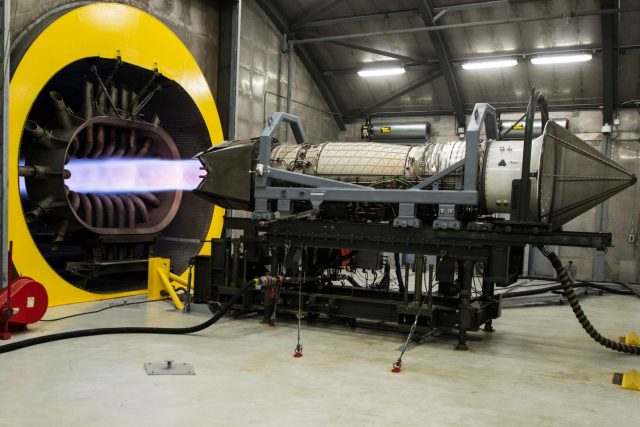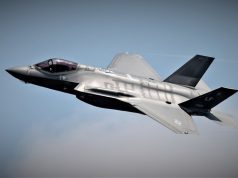
The US Air Force has awarded five companies contracts to develop prototypes of adaptive engines for its next generation fighter jets.
General Electric, Raytheon Technologies, Boeing, Lockheed Martin, Northrop Grumman were awarded $975 million each for what the Pentagon contract announcements referred to as the Next Generation Adaptive Propulsion program.
The prototype phase will see the companies work on technology maturation and risk reduction activities through design, analysis, rig testing, prototype engine testing, and weapon system integration.
Work under the contracts is expected to be complete by July 2032 and will contribute to “delivering capability enabling propulsion systems for future air dominance platforms and digitally transforming the propulsion industrial base.”
The contracts are part of the US Defense Department’s efforts to broaden the adaptive engine market, as Raytheon’s Pratt & Whitney and GE Aviation held the majority share of the market in recent years.
These two companies are currently responsible for delivering the Adaptive Engine Transition Program, which is aimed at delivering a new replacement engine for the F-35 joint strike fighter.
Adaptive engines use advanced technologies and incorporate a third stream of air flow to improve propulsive efficiency and lower fuel burn, or to deliver additional air flow through the core for higher thrust and cooling air. GE says its adaptive engine for the F-35 increases thrust more than 10 percent, improves fuel efficiency by 25 percent, and provide significantly more aircraft heat dissipation capacity.


























